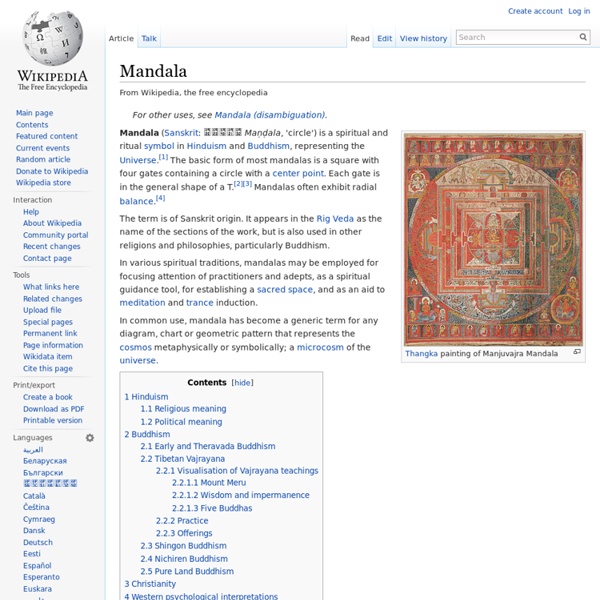Mandala

American Indians in Children's Literature (AICL): Resources for Evaluating Tlingit Content in TOUCHING SPIRIT BEAR
Teachers and librarians looking for resources to evaluate the Tlingit content in Touching Spirit Bear can use the items listed below. These resources will be updated whenever I find additional material. Please keep in mind there is a lot of material available about Native peoples, much of it prepared by people without the insight or expertise to interpret it accurately. As such, a lot of that material is biased. Visit these sites. On page 19 of Mikaelsen's Touching Spirit Bear, he refers to the "at.oow." Dauenhauer, Nora Marks, and Richard Dauenhauer, Haa Tuwunaagu Yis, for Healing our Spirit: Tlingit Oratory (Seattle: University of Washington Press, 1990.) deLaguna, Frederica, Under Mount Saint Elias: The History and Culture of the Yakutat Tlingit, Smithsonian Contributions to Anthropologu, Vol. 7 (Washington: Smithsonian Institution Press, 1990). Emmons, George Thornton, The Tlingit Indians (Seattle: University of Washington Press, 1991). Olson, Wallace M.
Education
The Bostonian Society offers a range of educational resources, including lesson plans, primary documents and school programs. To schedule a school program or a visit to the Old State House Museum, please check out Group Visits and Programs. Essay Contest Win a FREE Boston Duck Tour and a Visit to the Old State House for Your Class To promote an appreciation for our state's history, The Bostonian Society and Boston Duck Tours sponsor a yearly essay contest for greater Boston area school children in grades 5-8. Students in grades 5-6 are asked to submit an essay of 300-500 words. The topic for the 2015 essay contest is Boston's Maritime History In 1716, the first lighthouse in the 13 colonies was built on Little Brewster Island. Feel free to contact Jim Healy at Boston Duck Tours if you have any questions about the essay topic. The Bostonian Society operates the Old State House as an historic site and museum. Boston Massacre Primary Documents Boston Massacre Game Click here to play the game
Related:
Related:



